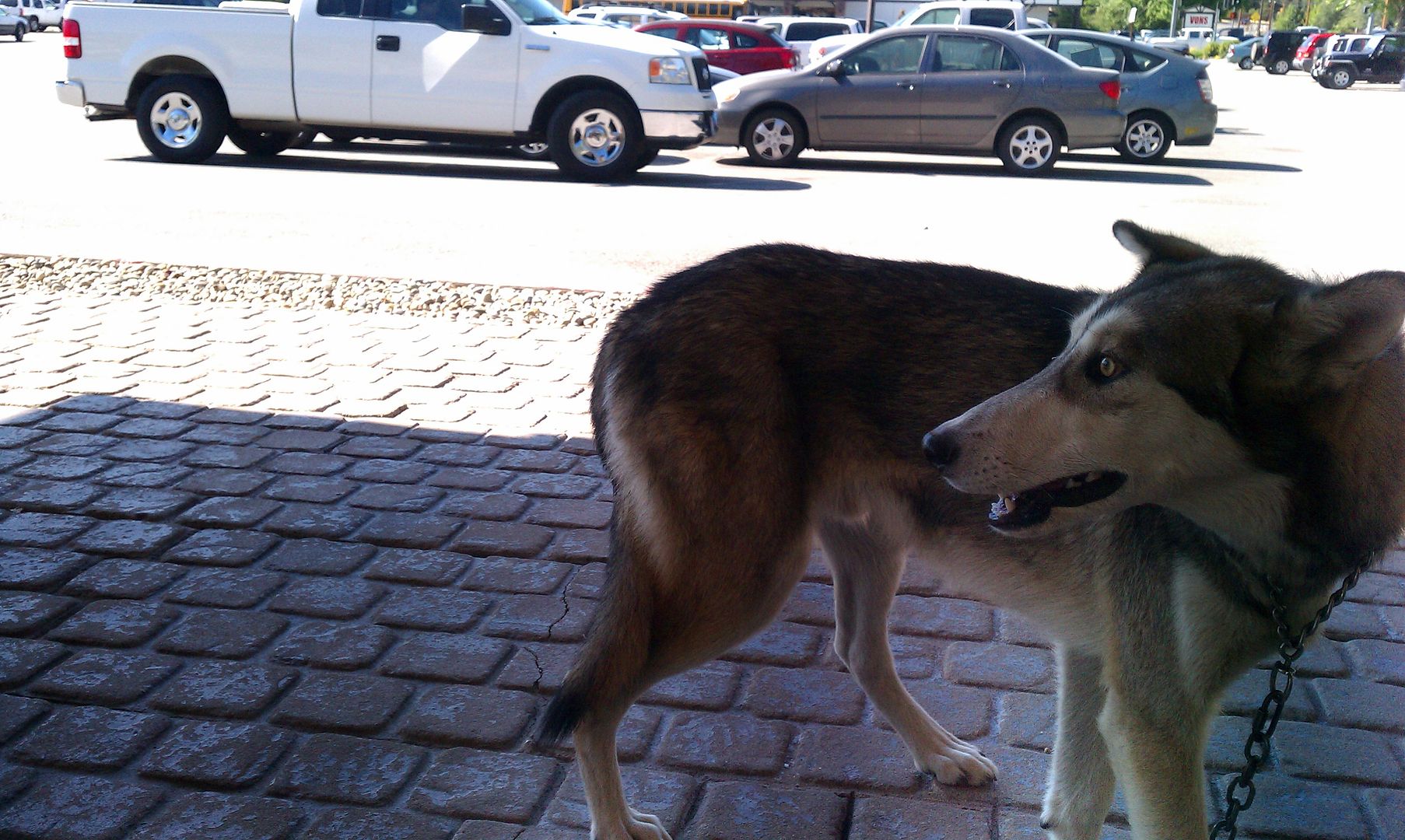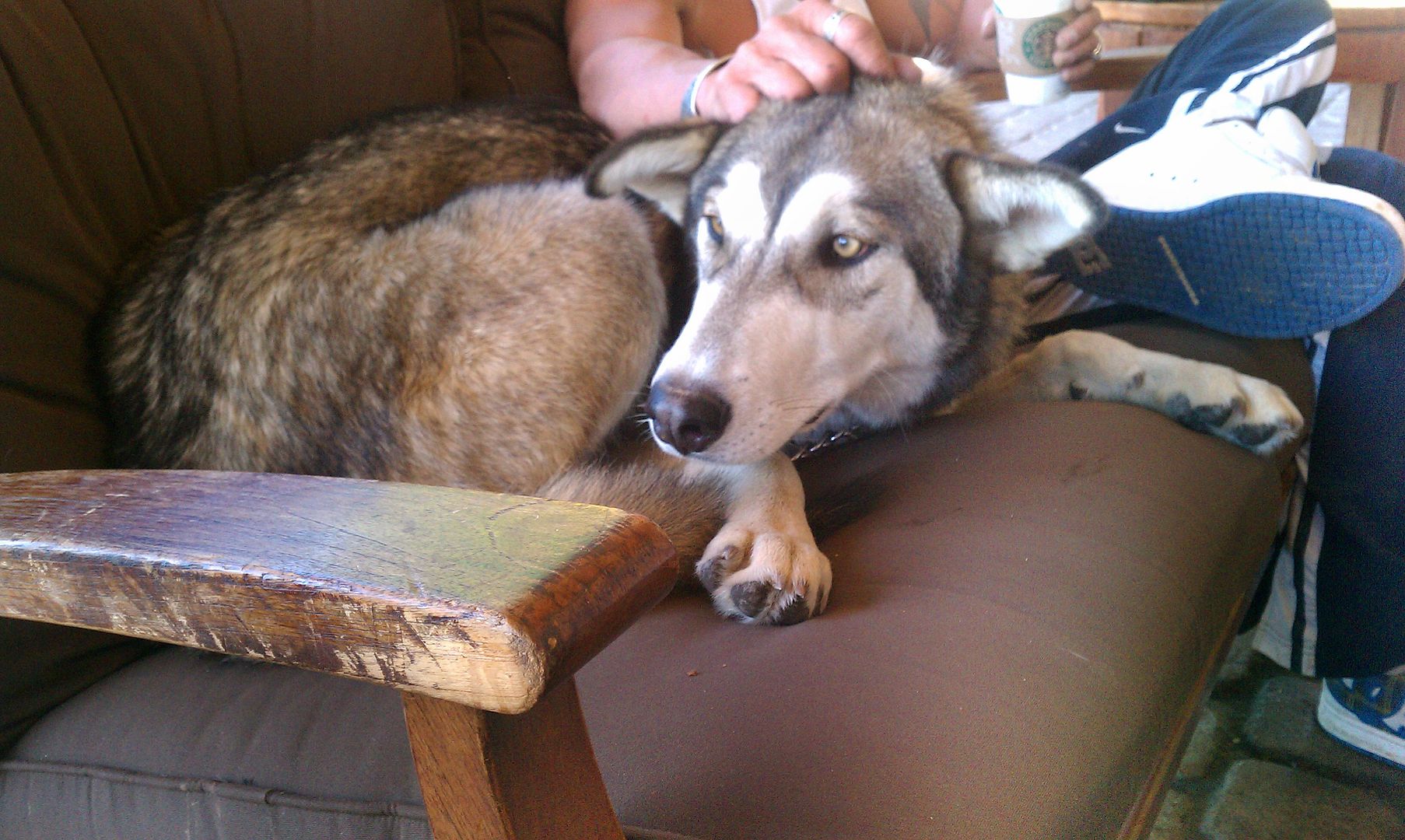Are pet interventions right or wrong?
This is a question that came up from discussions over my post, How are your animal observation skills?
The bottom line? It is your choice and very subjective based on your background.
Some people said they would speak up and others said they would mind their own business.
What would you do?
Before you answer in the comments, let’s look at the term, intervention:
An intervention is a deliberate process by which change is introduced into peoples’ thoughts, feelings and behaviors.
This is the definition I like. My work has been dedicated to implementing change and it hasn’t been an easy path. However, I work in particular settings and with clients that hire me–and so don’t work with just anyone I meet.
If you want to look at intervention in the more traditional sense:
An intervention is a combination of program elements or strategies designed to produce behavior changes… *snip* Interventions that include multiple strategies are typically the most effective in producing desired and lasting change.
Evidence has shown that interventions create change by:
- influencing individuals’ knowledge, attitudes, beliefs and skills;
- increasing social support;
- and creating supportive environments, policies and resources.
Bold emphasis is mine. A simple passing public interaction may or may not accomplish change–at best let’s hope it might plant a seed.
Now I like the first definition but the problem with this topic and term is that it is related to humans not animals.
Intervention on the behalf of an animal is a little different because animals are considered things (livestock) and the property of their humans.
Gary L Francione called the animals as property issue, “moral schizophrenia.” Beyond legal jargon, the individual and his or her definition of what is appropriate for an animal varies widely as would the vague cruel or unusual label.
So basically, what you think and feel about an animal or its situation probably isn’t relevant under the law and it might not even be something of concern to another pet owner.
It certainly will vary greatly if someone is from another country, different culture, educational background, economic situation, or social circle.
As I pondered this issue, I thought back to a recent interview where I think I pissed off the writer because she wanted to believe that it was wrong to allow cats outside.
Personally, I think that is an individual’s choice that is influenced by different factors.
Yes, indoor cats have longer lives, etc., I’ve written about this before.
So, sure, in a perfect world I prefer having animals live in safe conditions but also believe they need environmental stimulation, education (socialization and training) and what I call the Animal Minimum Daily Requirements:
Animal Minimum Daily Requirements
- mental stimulation & occupation
- physical activity
- companionship
- adequate and regular veterinary care
- appropriate nourishment or nutrition
- daily assessment and quality management
- a suitable, safe, secure, clean and comfortable environment
Notice these guidelines don’t stipulate any nuances about inside or outside conditions, methodology of training, or what an the exact environment of choice is–those are subjective opinions and decisions a pet owner has to make.
Of course, I have my opinions but my goal is to make the best workable living conditions for the human and animal in each individual situation.
For example, if you live in a rural area, chances are your cats live outside, in a barn–or some combination between the two. I’d hope you’d get feral cat advocates involved in a colony situation but many just shrug off such efforts.
Although I grew up in a suburb, I now live in a semi-rural area where pets roam the neighborhood and visit the neighbors. A few outdoor cats do survive but usually not for long.
However, the dogs do well and all the neighbors know them and interact with them.
Since there is little traffic, the main threat to the health and safety of these pets tends to be predators.
But when people hear about pets roaming around, it mortifies urban dwellers. The interviewer was an urban dweller and she was incensed. I tried to challenge her thinking.
Obviously, if you live in a city or urban area, your pet practices and viewpoints are probably pretty different from my community’s and your pet has a whole different lifestyle than the previous ones I mentioned.
But who is right and who is wrong?
Except for some rules dictated by local ordinances, any answer would be totally subjective.
Now, as an animal person, I have intervened in different situations over time. These interventions mostly have to do with safety or the life and death of the animal concerned.
However, if it is an owner issue, and he or she is not my client or not participating in one of the educational efforts I am involved in, I usually opt-out.
My goal is to implement change where I can and this no longer includes people I meet in passing.
So here is another question for you to ponder, what is your opinion on this in social settings– is intervention appropriate?
Remember that party situation in are you making things worse?
I ultimately had the opportunity to discuss things with the pet owner but wonder if you have faced social situations and how you have handled pet issues in the homes of friends or family.
Perhaps I’ve been in the animal behavior training and management field too long. But I’ve learned this over time, people have their opinions, you can give them information but they don’t have to accept it or even be open to it.
My advice?
- Chose interventions wisely
- Change what you can
- Be the example you want others to copy
Okay, what do you think? Leave your comments below, or if they are closed, take a moment to leave a note over in my Facebook community.
Photo Credit: Joshua Ommen





